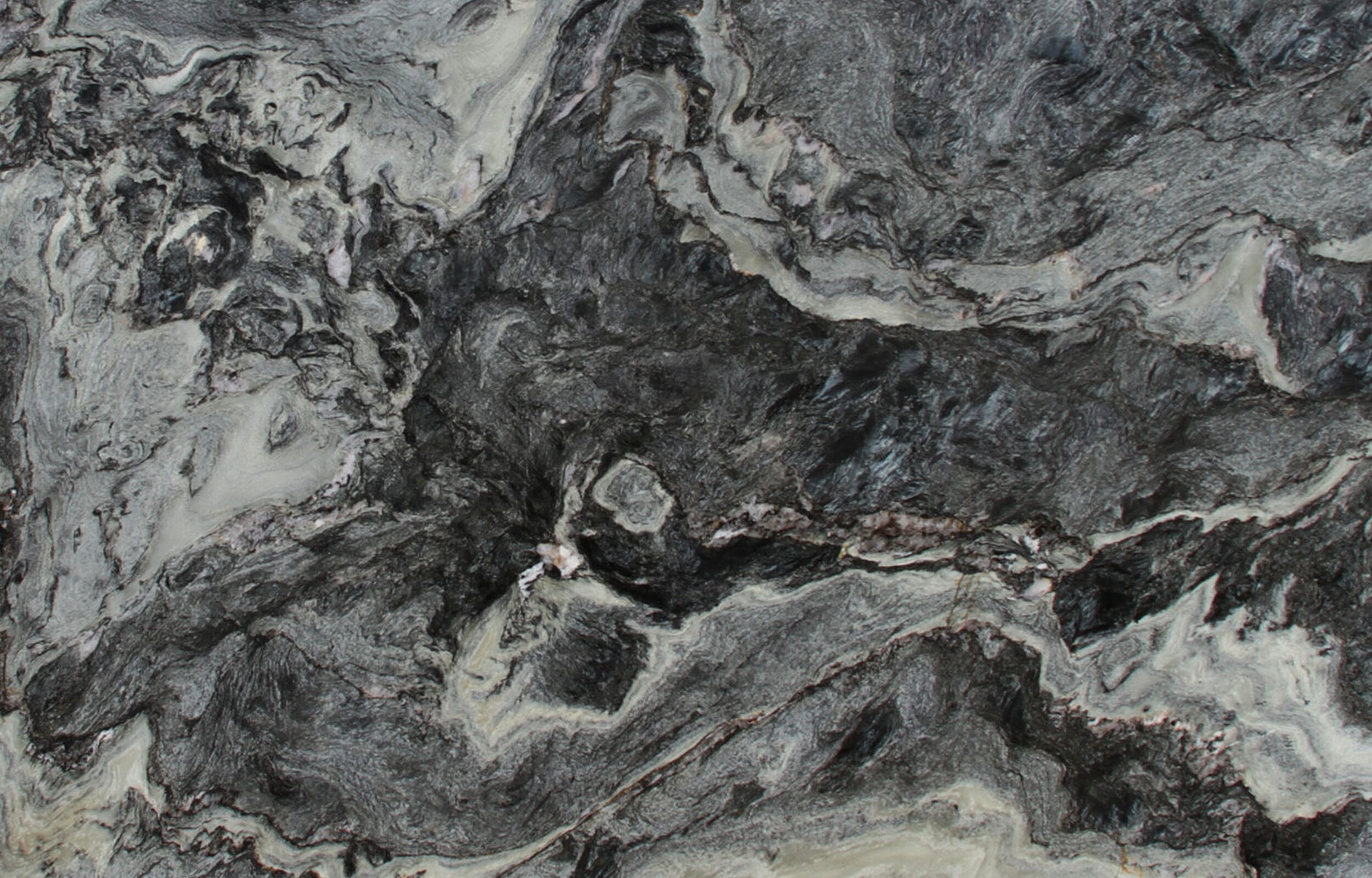It might be challenging to pick the best countertop surface for your home. The obvious choices are natural stones like granite, marble, and quartzite, but what about manufactured stones? Which material, out of the many options available, will be best for your home?
What is the Difference Between Quartz and Porcelain?
While both options have many advantages, one of the key appeals of quartz and porcelain is the huge variety of styles available. Finding the precise design you seek should be easy with either. However, is quartz or porcelain ideal for home application? Here are some crucial factors to take into account while selecting the right countertop material for your home.
- Origin
Quartz: While quartz is a naturally forming mineral, quartz countertop is an engineered product. The natural mineral quartz is pulverized and pressed into slabs that are glued with resin to create quartz countertops. 90% ground quartz is typically used to make quartz countertops, with 10% resin and other ingredients to give it varying designs and colors.
Porcelain: Clay is combined with other materials to make porcelain, which is then heated to high temperatures to give it glasslike properties. Since pure porcelain is somewhat translucent, non-porous, and extremely hard, it can be used for a variety of purposes, including countertops for bathrooms and kitchens.
- Appearance
Quartz: Quartz countertops are made of resin-bound quartz chips and dust. Small individual stones embedded in the resin give most of these countertops a speckled appearance. The best thing about quartz is that it can imitate natural stone so flawlessly. Manufacturers of quartz countertops continue to get better at making countertops that look like real stone. These patterns, which range from delicate to dramatic, have swirls and veining that resemble sought-after natural stones such as quartzite and marble.
Porcelain: This kaolinite-rich countertop comprises mineral oxides, feldspar, and silica. Porcelain comes in a range of hues, but the most sought-after ones are black, brown, gray, and white. Because of advancements in porcelain technology, manufacturers can now produce stunning slabs that seem extremely authentic. In addition, manufacturers are improving the enormous variety of designs and colors they offer in response to consumer demand and technology advancements. While porcelain has a skin-deep beauty, there are some manufacturers that have started to create slabs with colors and designs that aren’t just superficial. However, there are fewer edging choices available for porcelain because it is thinner than quartz. To give the appearance of a thicker countertop surface, mitered or square edges are frequently used.
- Durability
Quartz: A quartz countertop will provide you with an incredibly durable surface that can withstand years of use. Because it is waterproof, it is also resistant to stains and water damage. It is resistant to chipping and scratches. In fact, this is why people choose quartz countertops. You should still use chopping boards, clean up spills promptly, and use trivets with dealing with hot pans as it is not totally heat resistant.
Porcelain: One of the toughest countertop materials available today, porcelain is starting to beat surfaces like quartz. Porcelain is incredibly resilient and resistant to heat, scratches, and stains. It is also hygienic because it is non-porous. Silica, along with other mineral oxides, is added to porcelain during the manufacturing process at a heat of 2,500 degrees, giving it resistance to bacteria and mold. Porcelain is a fantastic material for that outdoor living space or kitchen because it can withstand UV radiation without fading over time.
- Maintenance:
Quartz: With a little detergent, water, and a soft cloth, quartz can be cleaned quickly. After cleaning, thoroughly rinse the surface. Quartz shouldn’t be cleaned using harsh cleaners, rough scouring pads, or cleaners that contain bleach. Engineered stone surfaces don’t need to be polished to stay smooth and bright, but they should be gently cleaned to preserve their unique shine. Some quartz finishes, such as the honed finish, are more delicate to grease or fingerprints and may require extra care when cleaning.
Porcelain: Porcelain countertops require almost little additional maintenance and don’t require any specialized cleaning supplies. It never needs to be sealed, and most of the time, all that’s needed to clean it is some clear water and some paper towels. We advise using a neutral cleaner for tough stains.
- Cost
Quartz countertops cost a little more than porcelain countertops. While quartz countertops typically cost between $50 and $200 per square foot, porcelain slabs usually cost between $55 and $150. Keep in mind that the cost will depend on the color, pattern, and quantity of stone required to create your ideal countertop design. If you need to cover a lesser surface area, quartz can be less expensive.
Conclusion
The advantages of quartz and porcelain surfaces are numerous. Because of these, they make excellent substitutes for countertops made of granite, marble, and other natural stones. For instance, both quartz and porcelain require little care and come in a range of colors, edges, and finishes. They are both excellent choices for modern homes. Hope we helped you determine what you want in our home.

